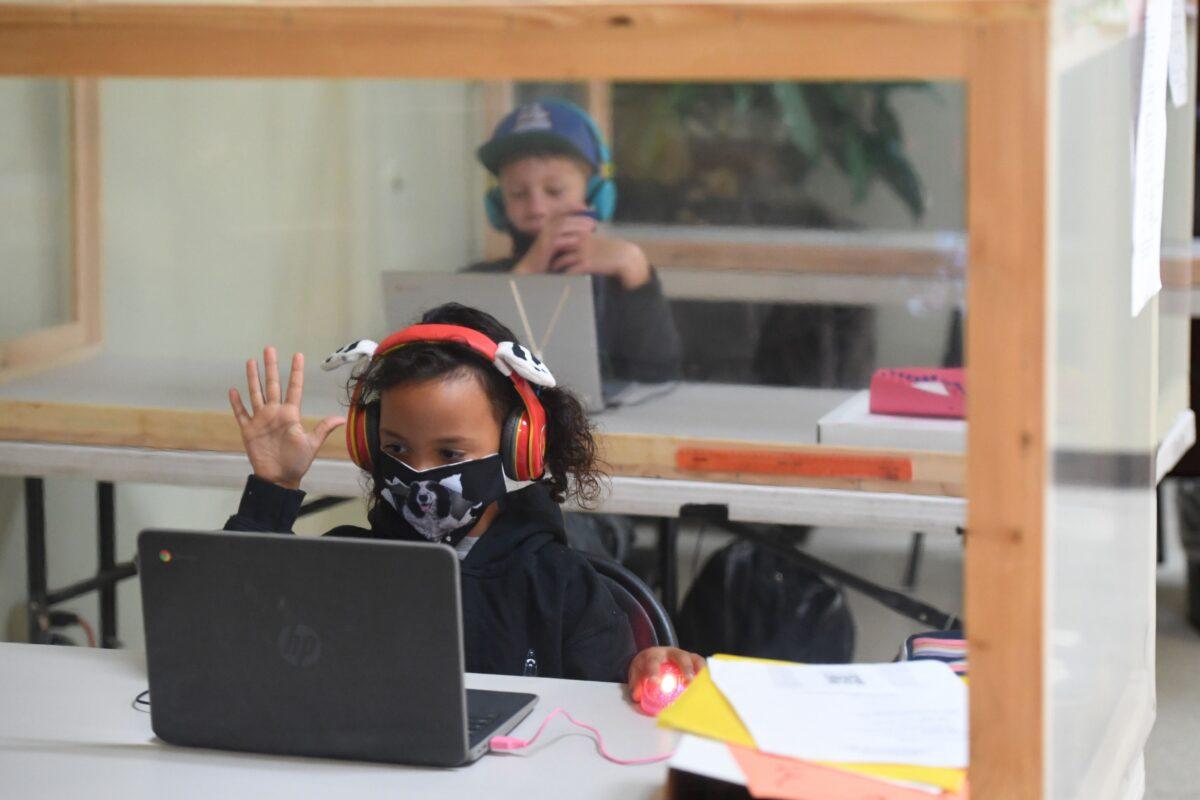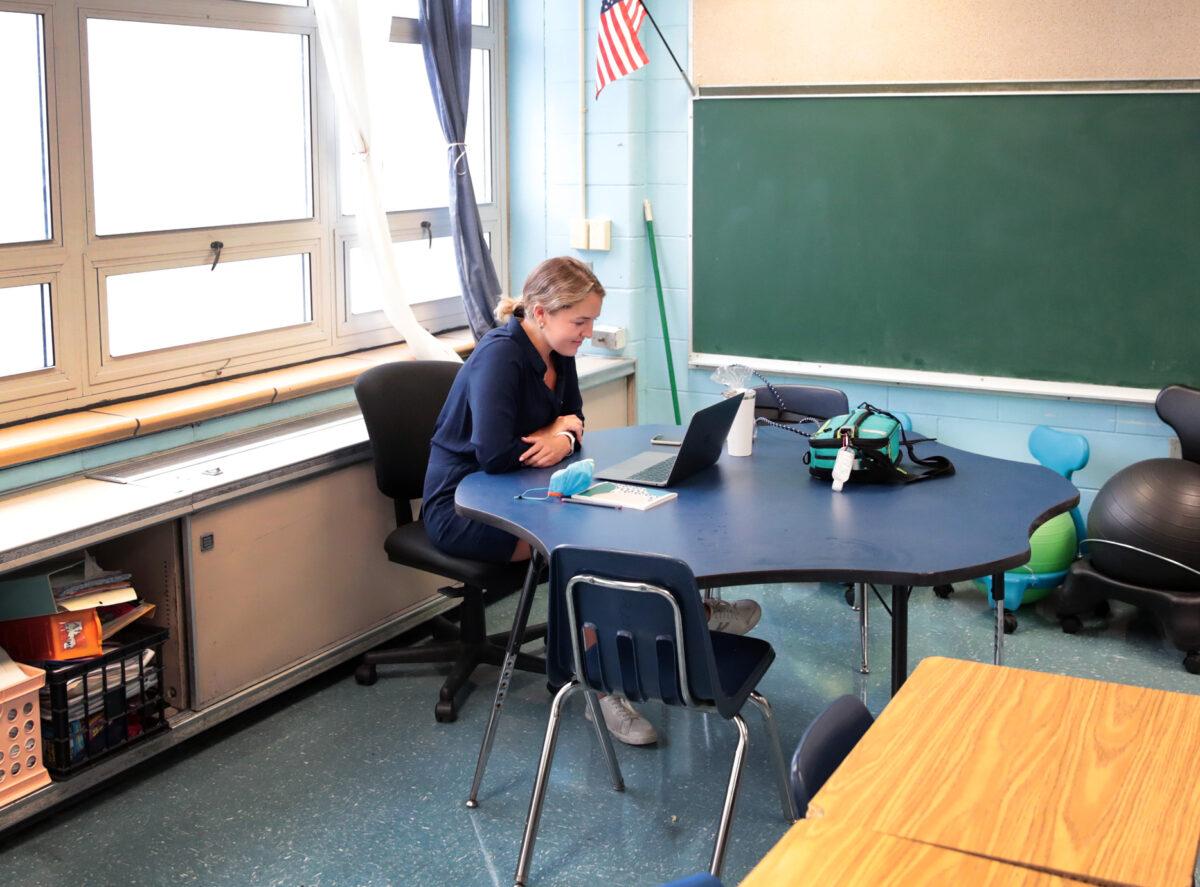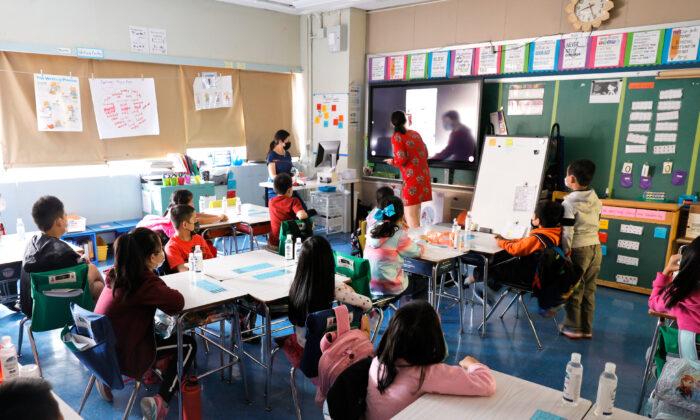Fourth and eighth grade students’ math and reading scores showed no improvements across any U.S. states between 2019 and 2022, with the majority seeing a decline in scores, according to a new report published on Oct. 24.
Among eighth graders, the average math score in 2022 was 274 out of 500, a reduction of 8 points compared to the 2019 average of 282 and lower than all previous assessment years dating back to 2003.
NAEP is a branch of the Department of Education. The report, also titled “The Nation’s Report Card,” is based on testing among a sample of fourth and eighth grade students in all 50 states, the District of Columbia, Puerto Rico, Department of Defense schools, and 26 participating urban districts.

Students Performing Below Basic Level
The NAEP also found that fourth and eighth grade average reading scores both declined by 3 points compared to 2019.studentsAmong fourth graders, the average reading score of 217 was lower than all previous assessment years dating back to 2005. For eighth graders, the average reading score of 260 was lower than all previous assessment years going back to 1998. The reading scores among fourth and eighth graders declined in most states and jurisdictions compared to 2019.
In 2022, 25 percent of fourth graders performed below the basic level in math, which was an increase of 5 percentage points compared to 2019 and marked a larger percentage increase than all previous assessments since 2003.
For eighth graders, that figure stood at 38 percent, 7 percentage points more compared to 2019. In reading, the percentage of students below the NAEP basic level increased by 3 percentage points in both grades compared to 2019.
The report also found that students who performed better on the test were more likely to have constant access to a desktop computer, laptop, or tablet; a quiet place to work at least some of the time; and a teacher who was available to help with schoolwork at least once or twice a week.

‘Appalling and Unacceptable’
In a press call prior to the release of the report, Education Secretary Miguel Cardona called the test results “appalling and unacceptable,” while calling on teachers and leaders to urgently help pandemic-affected students catch up on their education.“A once-in-a-generation virus upended our country in so many ways, and our students cannot be the ones who sacrifice the most in the long run,” Cardona told reporters. “We must treat the task of catching our children up with the urgency that this moment demands.”
Overall, the report found that declines in math and reading were seen among fourth and eighth graders in all regions of the United States, although schools operated by the Department of Defense saw no significant change in results.
Finally, it found that over 80 percent of students at each grade level had teachers who were confident in their ability to teach their students in 2022, although just 50 percent of teachers were confident they would be able to help students address learning gaps that may have occurred due to the COVID-19 pandemic.






Friends Read Free